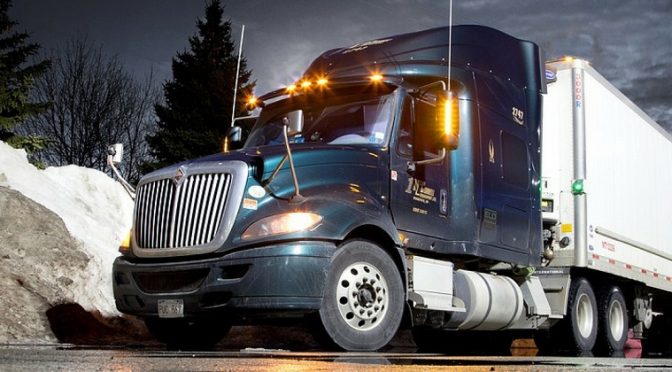
Mobility tracking software helps businesses streamline fleet operations with real-time updates, smarter routes, and safer drivers. See how LogiNext Mile makes logistics smarter.
Fleet tracking software helps businesses cut fuel costs, reduce maintenance expenses, and improve efficiency. Discover how GPS tracking boosts savings and enhances productivity.
Fleet tracking enhances efficiency, reduces costs, and improves safety compared to traditional fleet management. Learn the key differences and benefits of modern tracking solutions.
Fleet tracking systems offer small businesses a cost-effective way to optimize routes, reduce costs, and improve customer satisfaction, driving scalable growth.
IoT is transforming fleet tracking with real-time data, predictive maintenance, and route optimization. Learn how smart fleet management enhances efficiency, safety, and cost savings.
Estimated Time of Arrival (ETA) and Estimated Time of Delivery (ETD) are key performance metrics during deliveries. Learn what are the main differences and what significance they bring in real time fleet tracking software solutions.
As fleet size keep growing, it’s important to keep track of fleet operations. With LogiNext’s Fleet Tracking 2.0, get the best benefits to optimize your fleet’s lifecycle.

What’s with same-day or next-day deliveries? Well if haven’t forgotten important dates such as Valentine’s, Black Friday, or Thanksgiving, you won’t much appreciate the urgency of fast deliveries to save face. All’s well that ends well, and that’s why the right logistics technology, especially the last mile, is critical for flash events.

We are now well past the 1st April enforcement date for electronic logging device (ELD) implementation. Now if your trucks are stopped for a roadside inspection, how do you prepare to get through that without any violations? Here’s what you need to know to be violation free.

According to the American Trucking Associations, freight tonnage hauled by trucks would increase by 27% (between 2016 and 2027). With global retail sales to touch $27 trillion by 2020, it just adds to the problems of high volume and restricted resources. Most of these companies would win or lose based on how they optimize their last mile deliveries.

